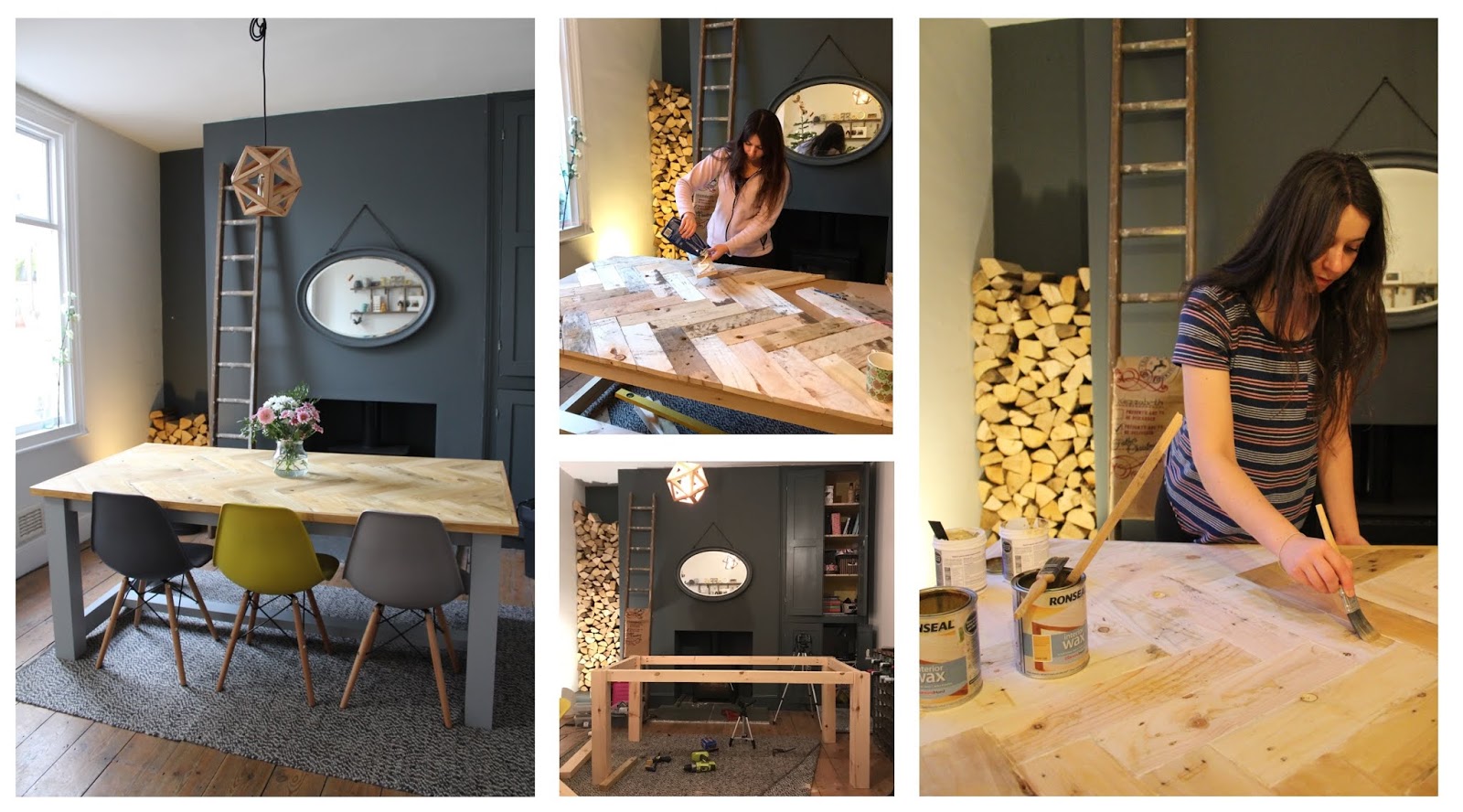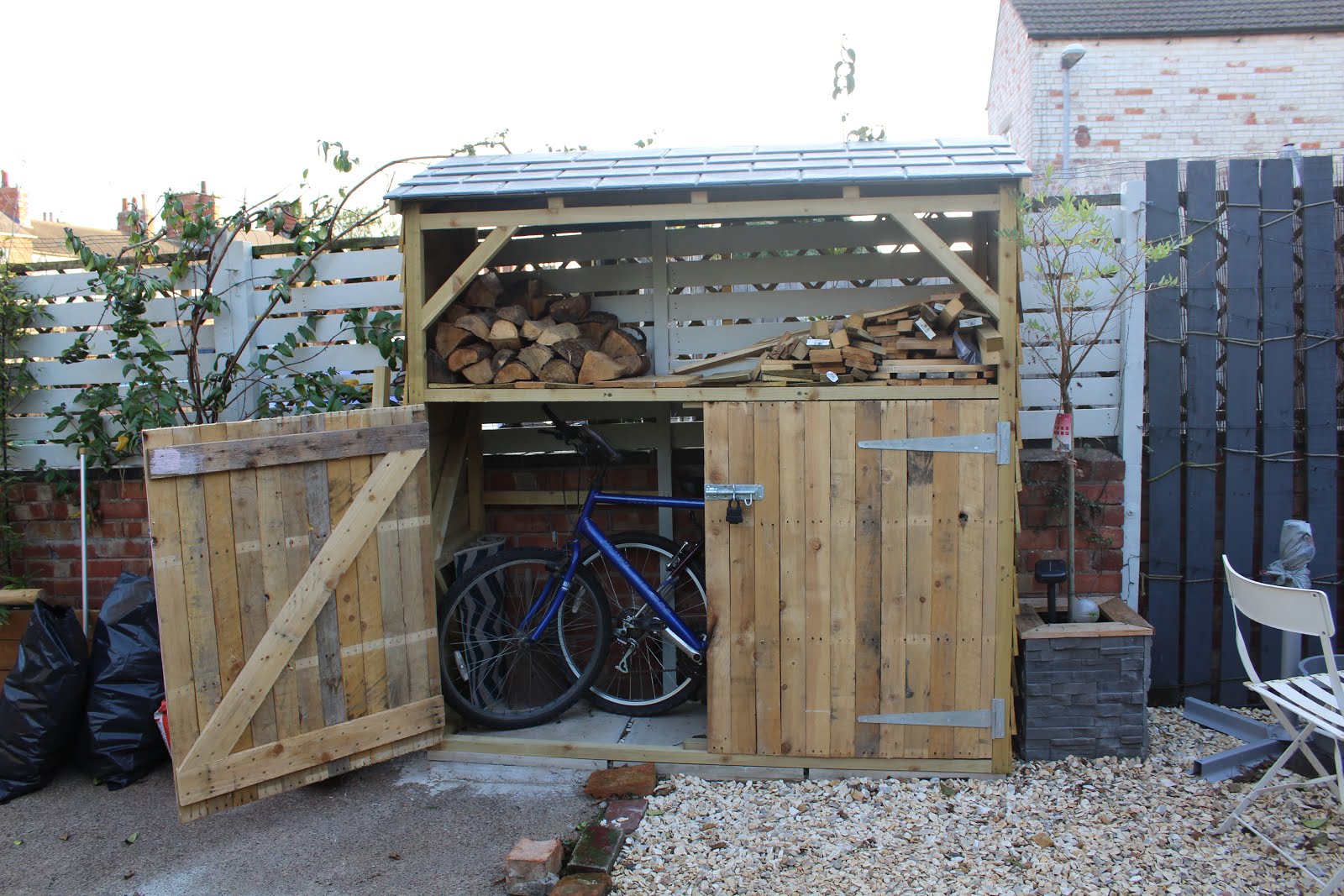Our choice not to hire a professional plasterer was quite a quick decision. Being on a real budget meant we couldn’t really afford a professional and as we try to do as much of our renovation ourself, it only seemed right to at least give it a go. It can always be re-skimmed, right? 😉
I had anticipated just doing the one coat, but decided on two in the end.
After this had dried, I took on an early start the next day to get plastering! As I said before, I have zero experience in this, other than rendering the brick border in the garden, which is somewhat similar… I guess?
I had watched LOTS of plastering tutorials on YouTube before I took this job on – so I kind of knew what I needed to be doing, but getting to grips with the moves and actually doing it was another matter. At first I really struggled with the backwards motion. Forwards was easy but going backwards back over the plaster felt kind of unnatural. But after about an hour, I really started to get the hang of it. That being said, after one whole hour, I had only got this far..
And this did NOT look good. I was going sooo badly slow that the plaster was drying before I had time to smooth it out properly. Not to mention going over the same section about fifty dozen times and still not getting it smooth, it wasn’t exactly easy!
But the more I did, the better I became, and it did start to show… kind of!
I worked faster, felt more confident and I settled for ‘that looks OK, I think it will be fine’ rather than “IT NEEDS TO BE PERFECT, WHY ARE YOU NOT PERFECT?!” which just wasn’t working out for me.
The overall finish is obviously not professional, there are some small holes, some areas that have lines in the plaster, and there are some shockingly awful areas where the plaster just doesn’t meet together well. But overall, I think all these problems can be fixed with a little poly-filler here and there, some sanding and FINGERS CROSSED, it won’t look too god awful after it’s painted. I’ve certainly seen much worse plastering anyway, that’s for sure.
I feel pretty glad that I gave it a whirl. I think if I were to do this again, I would definitely do better from the start. I would also have someone else on hand to mix the plaster for me – I think I spent just as much time mixing plaster as I did applying the plaster! But plastering really one of those practise makes perfect kind of things… Although I shouldn’t speak too soon – it could all come crashing down yet! Eep. If it does look horrendous, we’ll look to re-skimming with a professional in the future when money allows. Or perhaps a DIY course is in order, we’ll see 🙂







2 Comments
I think it looks great , well done. Can you show the plaster you bought and what I should look for when I go t the shops.
Hey! I have a whole blog post about DIY plastering which documents the whole process and tools invovled. You can read it here: https://www.kezzabeth.co.uk/2019/09/how-to-diy-plaster-complete-beginner-guide.html